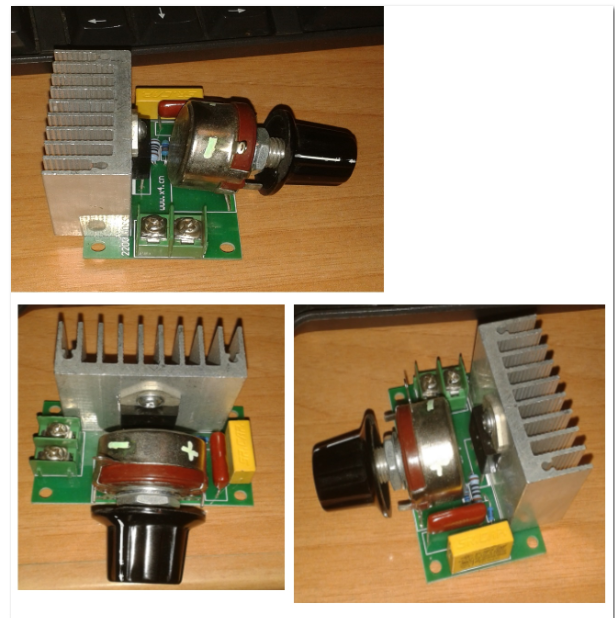Hello, I have seen some time ago a youtube video that I want to replicate.
The idea is to to input the main walls into car's ignition coil. Of course, I want to make it taking precautions.
The circuit uses a dimmer to chop the AC and also a capacitor to regulate how much current flows into the ignition coil.
The first thing I want to know is what kind of device is this:

https://gyazo.com/15e90db72afaf5c8dfbfd3fa2abc0805
I thinkt it's a dimmer, but I'm not sure. That is the device I have, not from the video.
The idea is to to input the main walls into car's ignition coil. Of course, I want to make it taking precautions.
The circuit uses a dimmer to chop the AC and also a capacitor to regulate how much current flows into the ignition coil.
The first thing I want to know is what kind of device is this:

https://gyazo.com/15e90db72afaf5c8dfbfd3fa2abc0805
I thinkt it's a dimmer, but I'm not sure. That is the device I have, not from the video.

